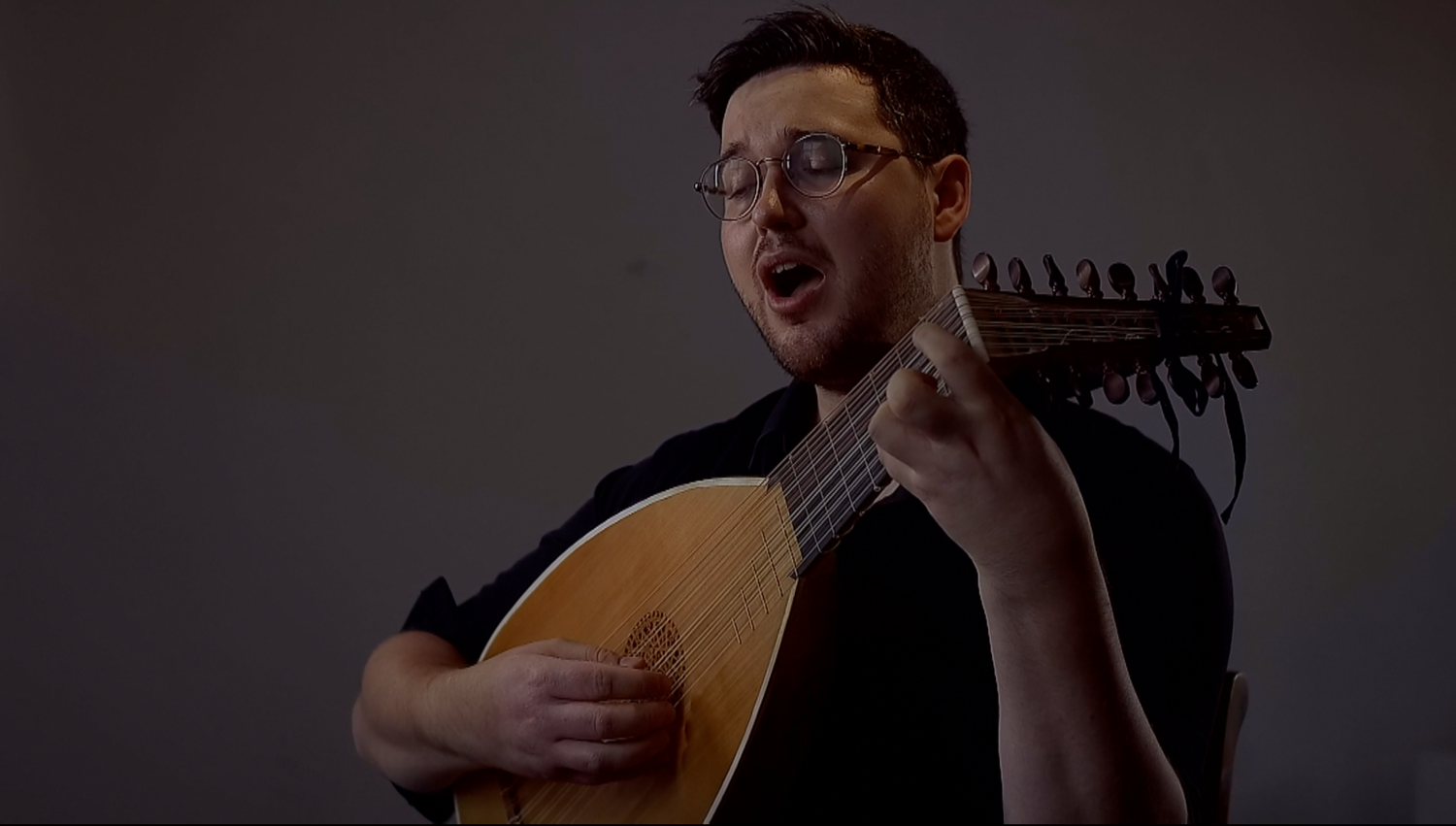top of page
Reimagining Historical Voices
Search


Dr. Robert Carter Moffat’s Ammoniaphone: bottled Italian air for vocal health (1885)
'I would advise using the Ammoniaphone about one hour or one hour and-a-half after having partaken of food. Artificial Italian air reacts...

Tim Braithwaite


Henry Chorley on French Singing and ‘Portly, Middle-Aged Gentlemen’ Singing in Falsetto (1844)
‘A gallery of French tenor singers would not be the least edifying chamber in the Pantheon of Art. Few traces would be there found, it is...

Tim Braithwaite


Emma Calvé on the ‘Fourth Voice’ Taught to her by Domenico Mustafa (1922)
‘During my sojourn in the Holy City, I often went to hear the choir of the Sistine Chapel, which was at that time under the direction of...

Tim Braithwaite


A recollection of Giovanni Battista Rubini Singing so Forcefully that he Broke his Clavicle
‘Rubini appeared, raised his eyes to heaven, extended his arms, planted himself firmly on his calves, inflated his breast, opened his...

Tim Braithwaite


Morell Mackenzie on Those who Pretend to See with their Fingers (1886)
'It cannot be too clearly understood at the outset that the voice is generated solely in the larynx. It is necessary to insist on this...

Tim Braithwaite


L’Abbé de Condillac on the Melody of Declamation and Recitative (1788)
‘Although our declamation cannot be notated, it seems to me that one might be able to preserve it in some way. It would be sufficient if...

Tim Braithwaite


Georg Sulzer on the Performance of Recitative
‘There is a type of passionate delivery of speech that stands midway between actual song and common declamation. It occurs, like song, in...

Tim Braithwaite


Jean-Baptiste Faure on the Voix Sombrée and Raising the Head for High Notes (1886)
[pp. 44-45] 'No historical method mentions this type of voice [the voix sombrée] ; it is only since Gilbert Duprez's debut that we have...

Tim Braithwaite


The Sounds of a Town Church-Choir in 1861
‘Turn into a town Church, for instance, and what does one hear? Fifty charity children squalling their little windpipes to pieces in...

Tim Braithwaite


Some Conclusions on Early Recording Technology and the Role of Historical Vocal Pedagogy
'While this study has shown that the wax cylinder phonograph system significantly alters spectral measurements of the voice output...

Tim Braithwaite


Anton Schindler’s Surprise at a Performance of a Bach Motet at Leipzig’s Thomasschule (1843)
‘At 5 o'clock I attended a rehearsal at the Thomas School. The cantor Hauptmann had the grand double-choir motet (by Bach) Singet dem...

Tim Braithwaite


A Recollection of Domenico Donzelli’s Singing in an 1829 Performance of Rossini’s Otello:
On the occasion of this remarkable operatic event, the most accomplished tenore robusto of his times, Dozelli, was the Otello to...

Tim Braithwaite


Richard Wagner’s Description of his Musical Choices in his Edition of Palestrina’s ‘Stabat Mater’
‘I offer you namely my arrangement of the famous Stabat mater by Palestrina, in the original manuscript of which there were no expression...

Tim Braithwaite


John Curwen Giving a Preliminary Lesson in Sound Production for Choristers (1852)
‘2. To produce a good note, the singer should be in an easy posture, with his head upright and his shoulders back, so as to allow the...

Tim Braithwaite


Vincenzo Manfredini on the use of Ornaments in Recitative (1797)
‘A great defect into which some of the best modern singers have fallen is that of having introduced florid ornaments into recitative,...

Tim Braithwaite


The Affective use of Timbre According to Garcia and Demonstrated by Fernando de Lucia (1902)
‘A few trials will suffice to prove that every shade of passion, however slight, will effect in a peculiar way the physical condition,...

Tim Braithwaite


Leo Kofler on the Artistic use of Larynx Height in 'The Old Italian School of Singing’ (1883)
'In regard to the accommodation of the melody to the natural pitch of the vowel sounds, the composer is assisted by the spirit of the...

Tim Braithwaite


A Fanciful Description of Palestrina Conducting his Missa Papae Marcelli from 1912
‘How often may the master [Palestrina] himself have conducted it [the Missa Papae Marcelli] with sublime enthusiasm, full of the fire...

Tim Braithwaite


Clive Brown on ‘The Yawning Chasm between Contemporary Practice and Historical Evidence’ (2010):
‘The reasons why professional musicians have failed to apply our very extensive and ever-increasing knowledge of Classical- and...

Tim Braithwaite


Dr. Zechariah Buck’s (1798-1879) Methods of Teaching Choristers at Norwich Cathedral
The time table of daily duty was, 9 to 9.45, scale practice; 10 to 11, morning service; 11 to 12.30 or 1, music practice; 2 to 3.45,...

Tim Braithwaite
bottom of page
